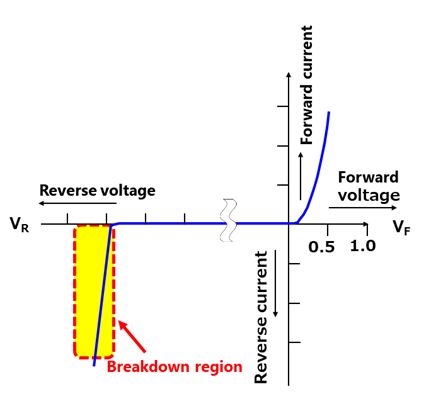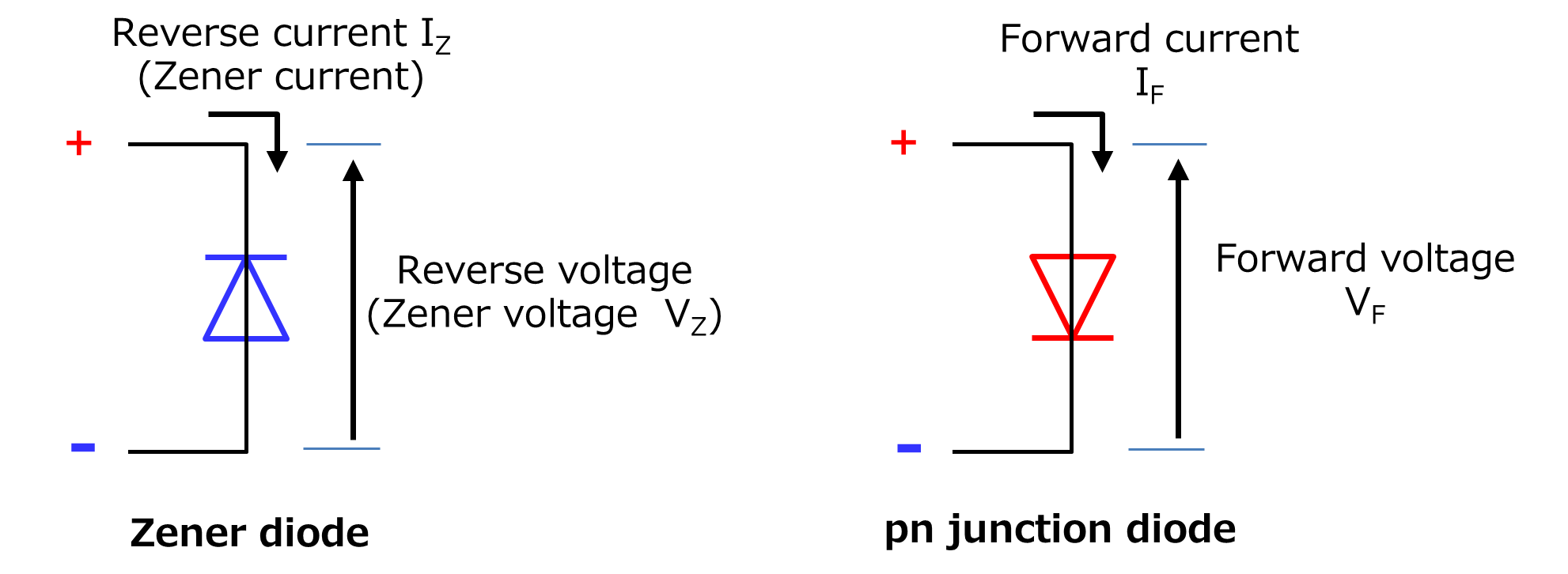- General Top
- SEMICONDUCTOR
- STORAGE
- COMPANY
-
My ToshibaSemicon
- Semiconductor Top
-
ApplicationsAutomotive
Body Electronics
xEV
In-Vehicle Infotainment
Advanced Driver-Assistance Systems (ADAS)
Chassis
IndustrialInfrastructure
BEMS/HEMS
Factory Automation
Commercial Equipment
Consumer/PersonalIoT Equipment
Healthcare
Wearable Device
Mobile
Computer Peripherals
-
ProductsAutomotive Devices
Discrete Semiconductor
Diodes
Transistors
Logic ICs
Analog Devices
Digital Devices
Wireless Devices
※
: Products list (parametric search)
Power SemiconductorsSiC Power Devices
※
: Products list (parametric search)
Isolators/Solid State RelaysPhotocouplers
Digital Isolators
Solid State Relays
Fiber Optic Transmitting Modules
※
: Products list (parametric search)
MOSFETsIGBTs/IEGTsBipolar Transistors※
: Products list (parametric search)
Diodes※
: Products list (parametric search)
MicrocontrollersMotor Driver ICsIntelligent Power ICs※
: Products list (parametric search)
Power Management ICsLinear ICs※
: Products list (parametric search)
General Purpose Logic ICsLinear Image SensorsOther Product ICsOther Product ICs
※
: Products list (parametric search)
-
Design & Development
Design & Development
Innovation Centre
At the Toshiba Innovation Centre we constantly strive to inspire you with our technologies and solutions. Discover how to place us at the heart of your innovations.
-
Knowledge
Knowledge
Highlighted Topics
Further Materials
Other
- Where To Buy
- Part Number & Keyword Search
- Cross Reference Search
- Parametric Search
- Stock Check & Purchase
This webpage doesn't work with Internet Explorer. Please use the latest version of Google Chrome, Microsoft Edge, Mozilla Firefox or Safari.
require 3 characters or more. Search for multiple part numbers fromhere.
The information presented in this cross reference is based on TOSHIBA's selection criteria and should be treated as a suggestion only. Please carefully review the latest versions of all relevant information on the TOSHIBA products, including without limitation data sheets and validate all operating parameters of the TOSHIBA products to ensure that the suggested TOSHIBA products are truly compatible with your design and application.Please note that this cross reference is based on TOSHIBA's estimate of compatibility with other manufacturers' products, based on other manufacturers' published data, at the time the data was collected.TOSHIBA is not responsible for any incorrect or incomplete information. Information is subject to change at any time without notice.
require 3 characters or more.
What is a Zener diode (voltage regulator diode, constant-voltage diode)?
A Zener diode is a type of pn junction diode. Zener diodes are used in the breakdown region (yield region) by applying a voltage in the opposite direction to normal pn junction diodes.
Zener diode is a type of pn junction diode. Fig. 1 shows the V–I curve of the pn junction diode. Typical pn junction diodes are used with a forward bias whereas Zener diodes are used with a reverse bias as they are designed to operate in the breakdown region. There are the following two breakdown mechanisms depending on the dopant concentration of the p-type and n-type semiconductors. Since both breakdown events occur at a fixed voltage when temperature is constant, Zener diodes are also called voltage regulator diodes and constant-voltage diodes.
- Zener breakdown:
If both the p-type and n-type semiconductors have high dopant concentration, the depletion region that extends around the junction becomes narrow. In this case, electrons pass over a potential barrier by quantum tunneling, causing breakdown. Zener breakdown occurs at relatively low voltage. - Avalanche breakdown:
This occurs when either the p-type or n-type semiconductor is more heavily doped than the other. The reverse voltage across the diode is applied across the depletion region that extends around the junction, causing an electric field to have the maximum strength at the pn junction. When the electric field exceeds a certain level, avalanche breakdown occurs, causing current to pass through a diode. Avalanche breakdown occurs at a higher voltage than Zener breakdown.
In practice, there are no distinct regions in which these breakdown events occur. Zener breakdown is more dominant below 6 V whereas avalanche breakdown is more dominant above 6 V.


Related Links
For products, please refer to the following links.





